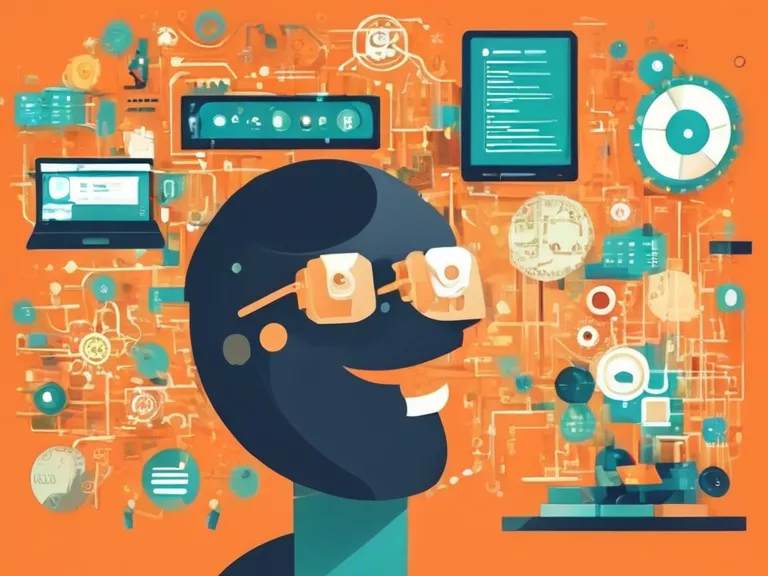
Introduction
In the fast-paced world of software development, innovation is the key to staying ahead of the competition and meeting the evolving needs of users. Crafting innovation in software development requires a combination of creativity, technical expertise, and a deep understanding of user requirements. This article explores the enchantment of software development through the lens of innovation, highlighting key strategies and principles for crafting innovative software solutions.
Understanding Innovation in Software Development
Innovation in software development refers to the process of creating new and valuable solutions that address specific user needs or solve existing problems in a unique way. It involves thinking outside the box, challenging conventional wisdom, and pushing the boundaries of what is possible with technology. Innovation is not limited to new products or features; it can also include improvements to existing products, processes, or methodologies.
The Role of Creativity
Creativity is at the heart of innovation in software development. Creative thinking allows developers to approach problems from different angles, come up with unconventional solutions, and envision new possibilities. Encouraging a culture of creativity within software development teams can lead to breakthrough ideas and innovative solutions that set products apart in the market.
Embracing Emerging Technologies
One of the key drivers of innovation in software development is the rapid advancements in technology. Staying abreast of emerging technologies such as artificial intelligence, machine learning, blockchain, and the Internet of Things can provide developers with new tools and capabilities to create innovative software solutions. By leveraging these technologies effectively, developers can unlock new opportunities for innovation and differentiation.
User-Centric Design
A user-centric approach is essential for crafting innovative software solutions that resonate with users and meet their needs effectively. By understanding user behaviors, preferences, and pain points, developers can design intuitive and engaging user experiences that drive adoption and satisfaction. User feedback and usability testing play a crucial role in refining and optimizing software solutions for maximum impact.
Agile Development Methodologies
Agile development methodologies such as Scrum and Kanban provide a flexible and iterative approach to software development that fosters innovation. By breaking projects into small, manageable tasks and incorporating feedback from stakeholders throughout the development process, Agile methodologies enable teams to adapt to changing requirements, test new ideas quickly, and deliver innovative solutions efficiently.
Continuous Learning and Improvement
Innovation thrives in environments where continuous learning and improvement are encouraged. Software developers should stay curious, seek out new knowledge and skills, and actively engage with the broader tech community to stay inspired and informed. By fostering a culture of learning and experimentation, organizations can create a fertile ground for innovation to flourish and drive business success.
Conclusion
Crafting innovation in software development requires a combination of creativity, technical expertise, and a deep understanding of user needs. By embracing creativity, leveraging emerging technologies, adopting a user-centric approach, and following Agile methodologies, developers can create innovative software solutions that delight users and drive business growth. Continuous learning and improvement are essential for sustaining innovation and staying ahead in the dynamic world of software development. Embrace the enchantment of software development and unleash your creativity to craft innovative solutions that make a difference.

